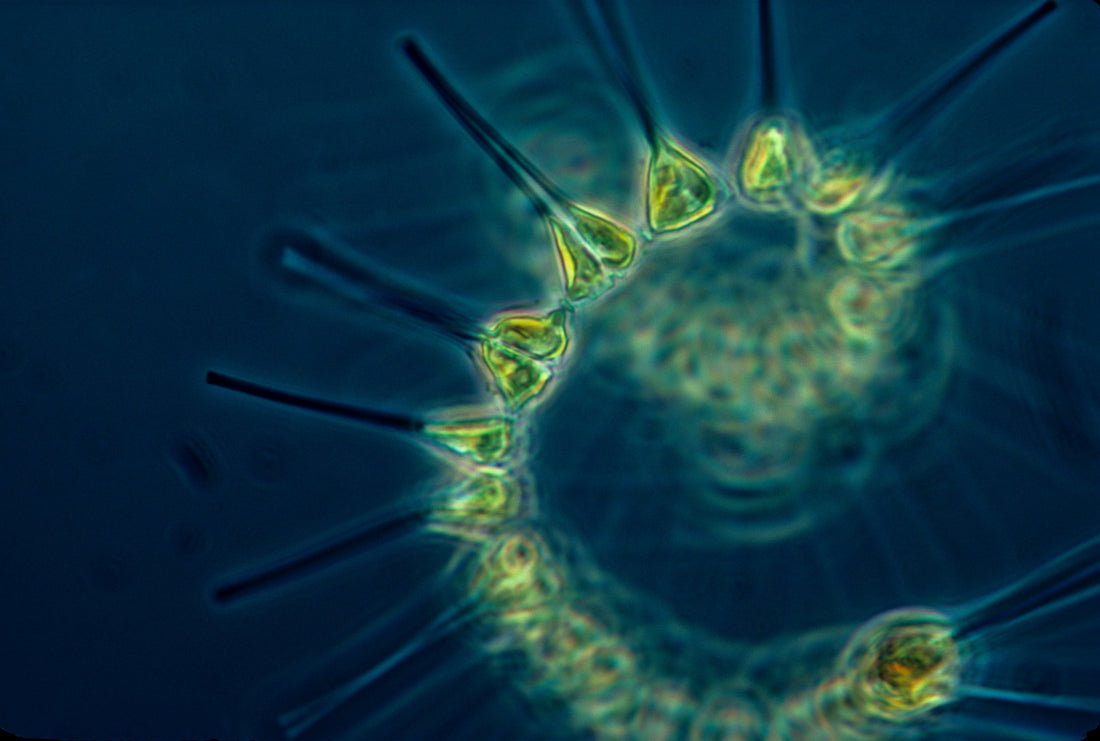
What is the difference between viruses and microorganisms?
Share
Sometimes the power of the invisible world in our own becomes especially clear - as now, when a new virus is travelling around the globe with enormous consequences for human societies. But what exactly is a virus, and how does it differ from other microscopic phenomena like bacteria?
Life and non-life in an invisible world
The sharpest line must be between what is alive and what is merely instructions and biological mechanics. Bacteria belong to the former category, viruses to the latter. Bacteria are living organisms; inside their cell walls, innumerable biological processes take place. Viruses are more like genetic material in flight - a code enclosed in a capsule.
A virus carries with it only one, as yet unused, instruction for the construction of new viruses. A virus, however, lacks the prerequisites to execute the genetic order itself. It needs a device that can only be found inside living cells.
The virus hijacks the cell's machinery and gives it false orders
A virus is an extremely simple and efficient construction. It consists of the information about itself, surrounded by a casing that protects it and enables the infection of a living cell. As soon as the virus introduces its genetic material into a host cell, the new information is treated as if it originated from the host's own DNA. The cell will then start to make copies of the virus.
Viruses can be very resilient - especially naked viruses that surround themselves with what look like sturdy protective sheets of repeated, geometrical units. Icosahedrons are a common form of virus. This type of external feature gives viruses the ability to be airborne and highly infectious (measles) or resist hand sanitizing (winter measles).
Envelope viruses are surrounded by an outer lipid layer consisting largely of fat. These viruses have detached themselves from their host cell and, in the process, have acquired a piece of its cell membrane. But when a virus surrounds itself with the properties of life, it also becomes much more sensitive. An envelope virus is spread mainly by droplet infection and cannot survive long outside the body.
The coronavirus, SARS-CoV-2, is an envelope virus
While some viruses are as tough and resilient as small tanks, the corona virus, with its fat envelope, is relatively easy to inactivate. It, and other viruses of the same type, are sensitive to soaps, detergents and degreasers, which damage its fat-rich outer casing. A common advice is therefore to wash your hands frequently with soap and warm water
Text: Ester Nylöf




